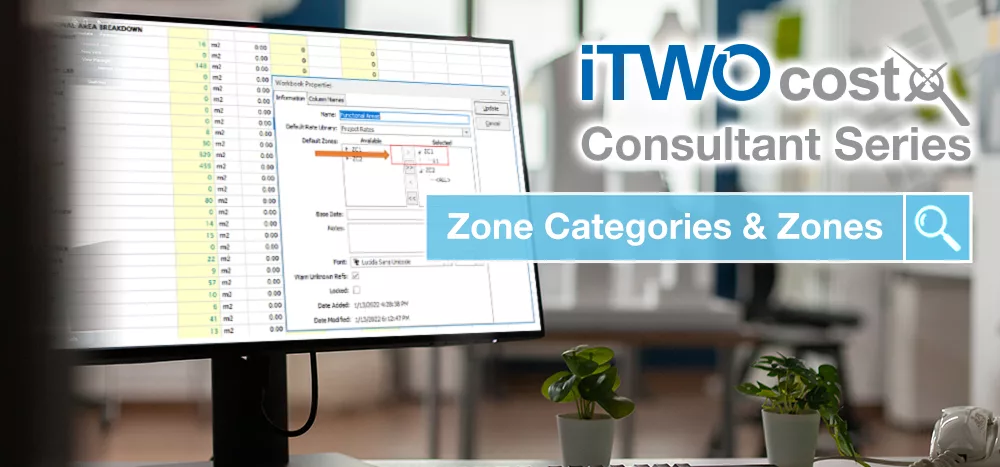22 mins read
5 Reasons Why Software Implementations Fail

Many companies are quick to embark on a process of digital implementation. However, many software implementations fail.
While implementing new software can be incredibly rewarding, there is a lot that can, and does, go wrong. In fact, research from the Boston Consulting Group shows that around 70% of digital implementations fail to meet their objectives.
Read on to learn some of the reasons why digital implementations fail so that you can guard against such failures.
5 Key Reasons Why Software Implementations Fail
1. Poor Change Management
Software implementation can be incredibly complex and difficult to orchestrate. To be successful requires a dedicated and skilled team managing process. In fact, poor change management is usually the main reason why digital implementations fail.
Software implementation involves changing processes that many people are used to working with. This can cause problems because people can be resistant to change and are hesitant to try something new.
As such, it’s vital to encourage your staff to adapt to the change and accept the new processes. Provide the training and resources they need so that they don’t feel overwhelmed. This is key to good change management.
Without effective change management, people can grow frustrated with the new system. This can generate tensions, harm ongoing projects and threaten user acceptance.
2. Incorrect Budgeting
Software implementations can provide significant benefits to an organisation. However, they can also be incredibly costly. As such, incorrect budgeting is a common reason why many software implementations fail.
Companies will often begin a process of software implementation and then fail to scale and manage a budget appropriately.
Typically, this happens when selecting software that requires a lot of bespoke development. This is because it is difficult to ascertain the total cost up front. In addition, companies may want to continue to add features and make changes during the implementation process. There may also be delays and errors that occur during development. All these factors can lead to budget overruns and unforeseen expenses.
That is why it is better to select a partner that has an industry specific focus with a robust solution that is fit for purpose and ready to deploy.
The time frame of the implementation is also critical to consider as time is money. As such, it is imperative that both parties stick to a detailed plan and budget.
Many companies will abandon their software implementation when it becomes too costly. As a result, they don’t see a great return on their investment.
Make sure that you have a dedicated and competent team monitoring progress and budget throughout the process. This will ensure that you enjoy returns on your investment on your new software solution.
3. Adequate and Competent Resources
Another reason why implementations fail is that adequate and competent resources are not assigned to the project. Successful implementation requires a high level of planning and precision to be successful. As such, not having the right resources could mean its downfall.
Make sure that you allocate a competent team and the right resources to ensure seamless adoption of your new software solution.
4. Failure to Plan
Software implementations, unlike many other projects in the workplace, have an unmovable deadline. Failure to plan is a recipe for disaster. Milestones and deadlines create a road plan that stipulates the deadline and end date
The entire implementation from start to finish must be properly planned. It should be a priority and is one of the first steps of the implementation.
It is easy for software implementations to take a back seat to other issues that may seem more pressing at the time. While you must not neglect other projects, do not forget to prioritize your digital implementation.
5. Realistic Expectations
It is vital to select software that meets the industry requirements and standards. Do your homework during the purchasing process and select a software partner that addresses your key issues and key requirements to ensure they are met.
Having realistic expectations of what the software can and can’t do before embarking on the implementation is a critical success factor.
Make sure you map out all of your requirements before looking at potential software solutions. This way, you can make sure that the software you select meets all your requirements before you begin the implementation.
Conclusion
Many companies are quick to embark on a process of digital implementation. However, the majority of them fail. This is not, however, a reason to avoid digital implementations. When they are done right, digital implementations can be incredibly beneficial for your construction company. Especially when you partner with professionals who specialise in software designed and built exclusively for the construction industry.
The key elements of a successful implementation are:
- Planning
- Budgeting
- Change Management
- Realistic expectations
- Adequate and competent resources
By prioritising each of these elements, you will ensure success.
Most Recent
22 mins read
22 mins read
15 mins read
49 mins read

E-BOOK











